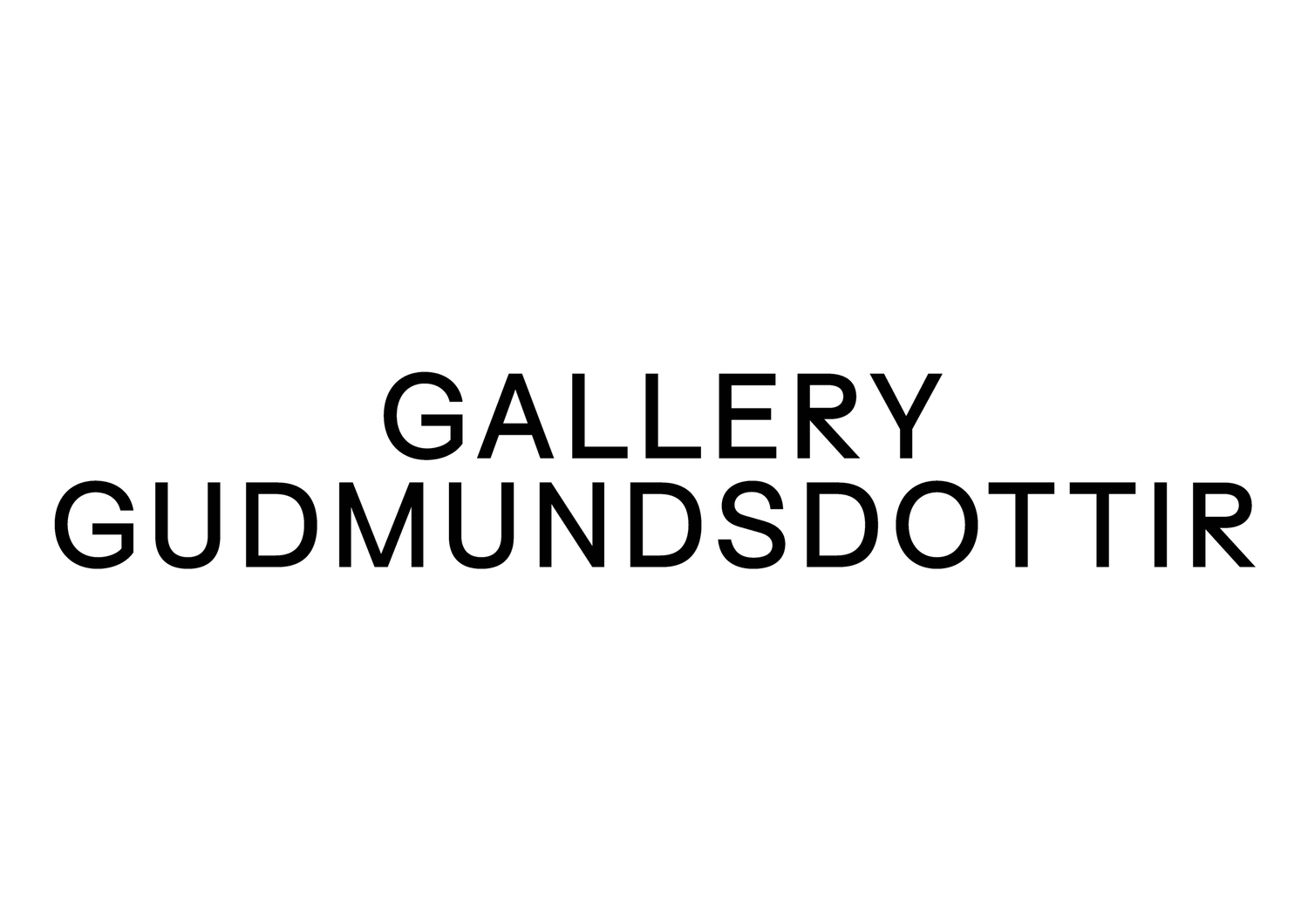WERK
Hulda Rós Guðnadóttir
September 17 – October 23, 2021
Cool, sober, crisp and clean, the photographs by Hulda Rós Guðnadóttir are at first look graphic studies of light, shadow, seriality and rhythm. On closer look it becomes clear that these mid-scale photographs, wrapped in sleek frames of the palest blue, depict white shipping boxes with royal blue lettering, stacked vertically or diagonally. Some boxes jut from the stacks at regular intervals like decorative building bricks; the overall effect is architectural and Minimalist. But not entirely: in some images a glimpse of floor is visible; in others, packing tape reflects flashes of light, breaking up the arrangement's rigor and rhythm. In the smallest photograph, a single such box is shadowlessly isolated from its background, floating in white.
In the corner of the gallery’s main space, we see the objects that are source material of these images: boxes emblazoned with the words “KEEP FROZEN AT -20°C OR BELOW; FRESH FROZEN AT SEA” are stacked here, too. These boxes are empty, but normally each would contain 25 kilos of frozen fish, to be transported by freezer trawler to Reykjavík’s harbor, where they are speedily unloaded by teams of dockworkers, entering the economy as one of Iceland’s primary natural resources.
The photographs, and the boxes, are the newest works situated within an extensive and ongoing body of artistic research that Guðnadóttir, whose academic background includes a degree in anthropology, began about a decade ago. At the time curious as to what the new cultural spaces, luxury housing, and boutiques in her home city’s harbor were replacing, she discovered a largely hidden aspect of the fishing industry in her native Iceland: teams of workers emptying fishing trawlers on a central dock (in general, 20,000 boxes in 48 hours in a working environment of -30°C: “keep frozen” indeed). Her contact with the workers, backed by research on Icelandic fishing policy under Danish colonial rule and thereafter, became the feature-length documentary Keep Frozen (2016) on view in the gallery's back room.
We again see several of these workers in the video Labor Move (2016), also on view in the gallery’s back space: Some of the aforementioned dockworkers later “performed” their work under Guðnadóttir’s direction—moving a fishing trawler’s worth of boxes nearly but not entirely identical to the ones pictured and installed here. Strategically lit in a dark space, burly men in helmets, coveralls, and gloves toss, stack, and roll the boxes, full this time. The camera follows moments of graceful movement, but also captures glimpses of brute force and physical fatigue.
Earlier this year, the artist mounted the solo exhibition WERK – Labor Move at the Reykjavík Art Museum, featuring the films along with a spatial installation of 5,000 boxes stacked high around the perimeter of the exhibition space, nearly lining it in rhythmic, precise arrangements. The photographs on view here were taken there, but they far transcend mere exhibition documentation. They are rather, in one way, a meditation on formal artistic considerations—one could connect them to Minimal Art's seriality, à la Donald Judd; or the photographs of Andreas Gursky, which comment on the scales of contemporary industrial production. Or even the cheekiness of Andy Warhol's 1964 Brillo boxes—Guðnadóttir had these boxes specially fabricated for the Reykjavík exhibition with a slight difference to the originals. The text on the cardboard no longer refers to industrial contents, but rather to the boxes’ manufacturing reality. In the right bottom corner of each box, the words WERK – Labor Move, Studio Hulda Rós Guðnadóttir, Made in Lithuania have been added.
In another way these works represent Guðnadóttir’s further abstraction of the global economy, and Iceland’s place in it, in times of profound change and paradigm shifts. The artist’s initial exploration of dockwork has resulted in a connected chain of interrelated but kaleidoscopically different artworks spanning time, each body of work connecting to the last but always departing from a divergent perspective. Each iteration has moved away from investigation and further toward art object or image—in essence, a conceptual manifestation of an image of an image of an image. What we see here is the artist’s most reduced expression of the intricacies (but also banalities) of labor, goods, and economies—an empty transport container as signifier. Perhaps best expressed by the single box sculpture installed at eye level on the gallery wall, the exhibition WERK represents a progression of activity, and above all thought, as complex and nuanced as the supply chains that surround, supply, and in the end ultimately confine us.
Text: Kimberly Bradley

